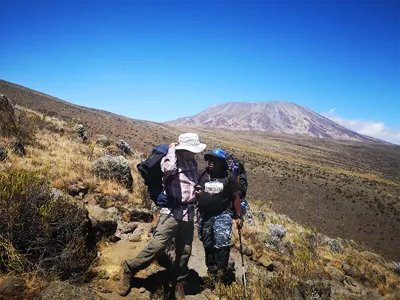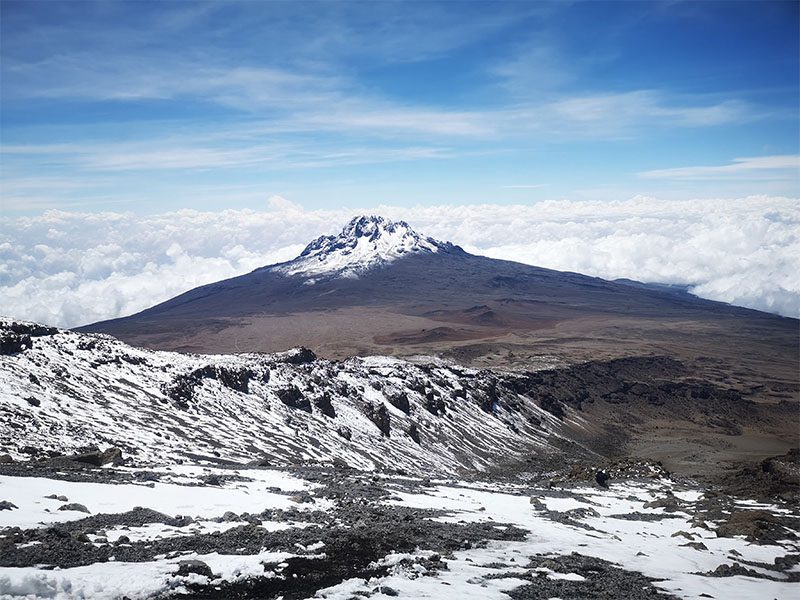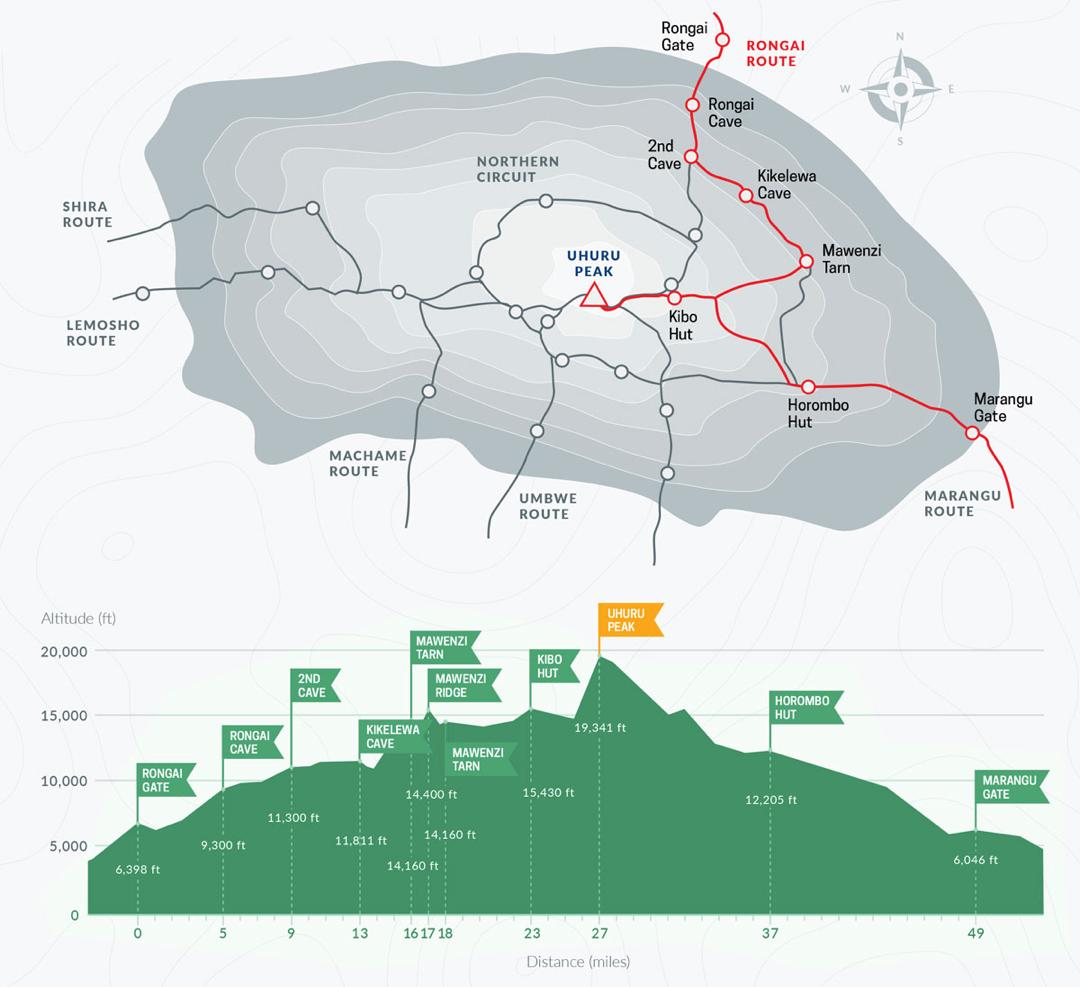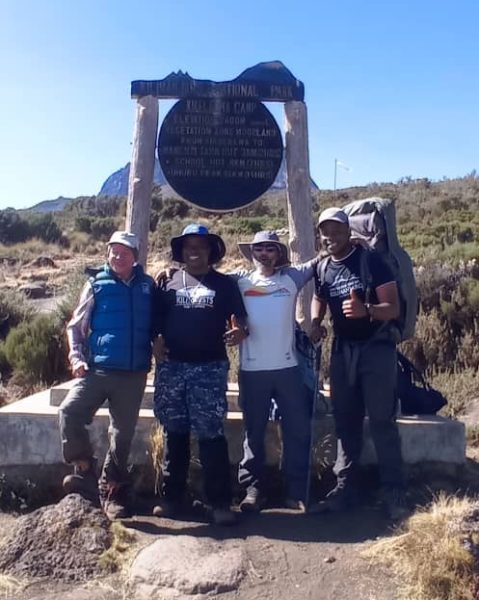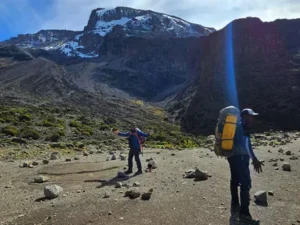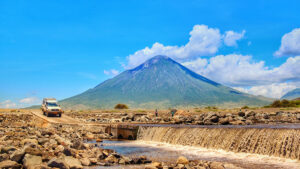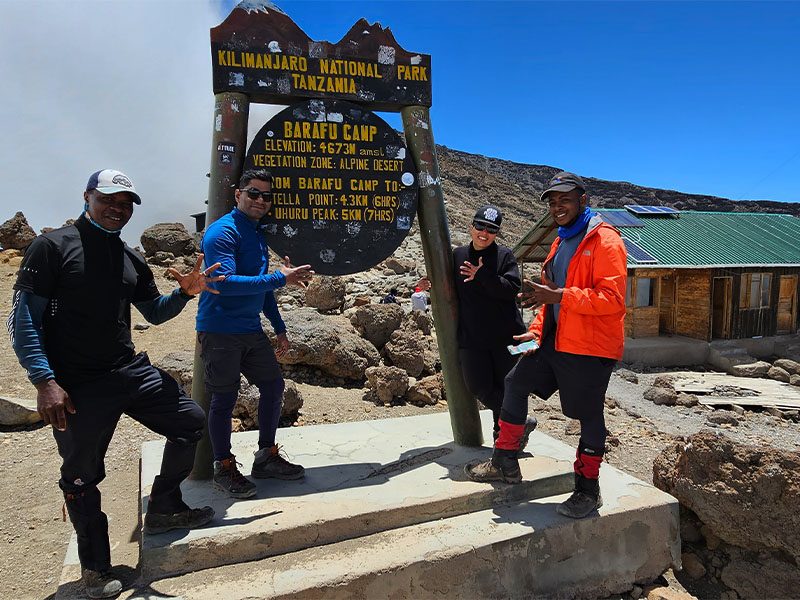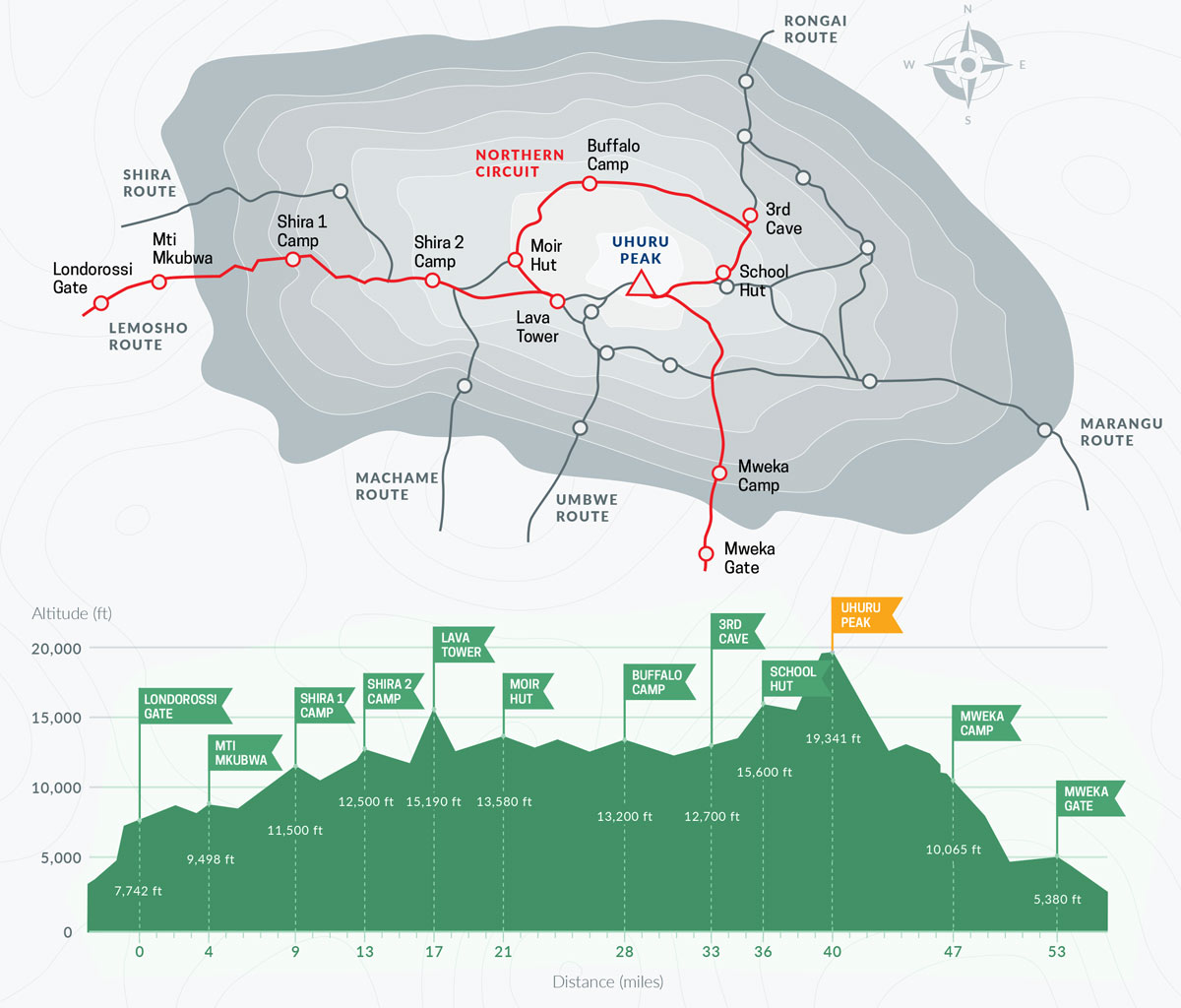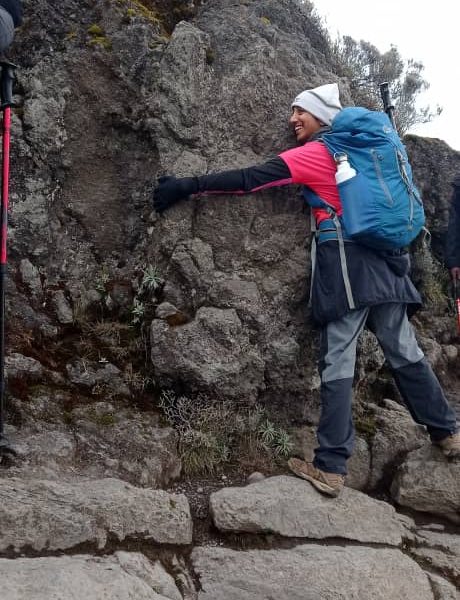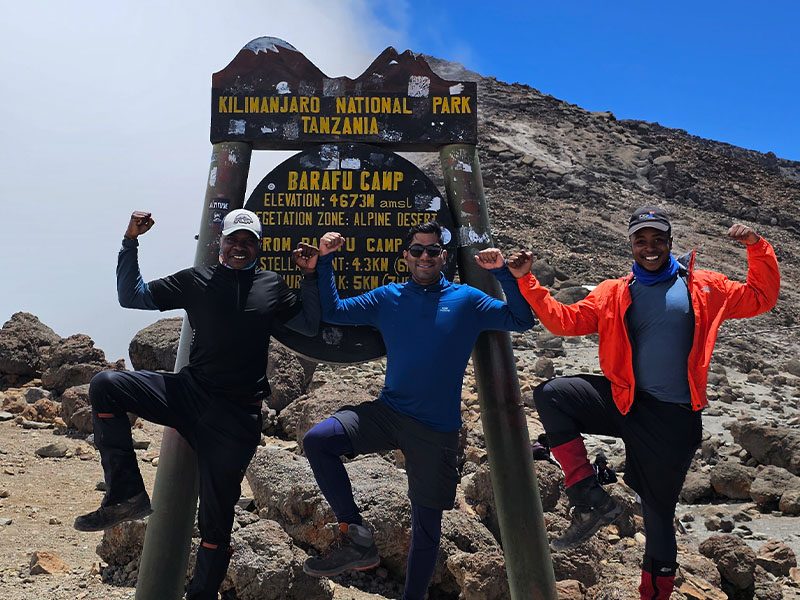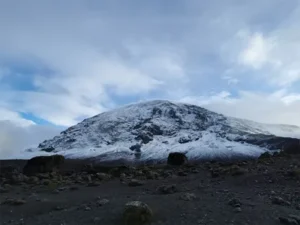Table of Contents
Marangu Route on Kilimanjaro: Hut-Based Kilimanjaro Trek
Why Choose the Marangu Route?
The Marangu Route is one of the most historic and accessible ways to climb Mount Kilimanjaro. Known as the “Coca-Cola Route”, it’s the only trail that offers hut accommodation instead of tents — making it a favorite among budget travelers and those seeking a more comfortable trek.
While it’s the shortest route to the summit, it comes with a trade-off: a faster ascent, which can challenge altitude acclimatization.Start here if you’re comparing routes — our Top Kilimanjaro Routes Guide explains each path clearly with tips from guides.

Marangu Route Overview
Feature Details
Route Length – 5 or 6 days
Distance – ~72 km (45 miles)
Start Point – Marangu Gate (southeast Kilimanjaro)
Highest Point – Uhuru Peak (5,895 m / 19,341 ft)
Accommodation – Huts with beds and dining areas
Difficulty – Moderate, but fast elevation gain
Success Rate – ~80% on the 6-day version
Marangu Route Days and Elevation Profile

6-Day Marangu Route Itinerary
Day 1: Marangu Gate to Mandara Hut
- Altitude: 1,870 m to 2,700 m
- Time: 4–5 hours
- Lush rainforest with waterfalls and monkeys
Day 2: Mandara Hut to Horombo Hut
- Altitude: 2,700 m to 3,720 m
- Time: 6–7 hours
- Enter moorland with clear views of Mawenzi Peak
Day 3: Acclimatization at Horombo Hut
- Optional hike to Zebra Rocks (4,000 m)
- Essential for reducing altitude sickness
Day 4: Horombo Hut to Kibo Hut
- Altitude: 3,720 m to 4,700 m
- Time: 5–6 hours
- Trek through alpine desert toward summit base camp
Day 5: Kibo Hut to Uhuru Peak, down to Horombo Hut
- Altitude: 4,700 m to 5,895 m (summit), descend to 3,720 m
- Time: 12–14 hours
- Summit at sunrise, then long descent
Day 6: Horombo Hut to Marangu Gate
- Altitude: 3,720 m to 1,870 m
- Time: 5–6 hours
- Return to the gate through rainforest and celebrate your success!
Is the Marangu Route Difficult?
While it’s less physically steep than routes like Machame Route or Umbwe Route , the Marangu Route allows less time for acclimatization, making it riskier for altitude sickness.
Choosing the 6-day version with an extra acclimatization day at Horombo is strongly recommended.Looking for a challenging option? The Umbwe Route is steep but direct
Best Time to Climb the Marangu Route
- January to early March: Mild and clear
- June to October: Popular dry season
- Huts make it a good choice even in rainy months
What Makes the Marangu Route Unique?
- Only route with huts — avoid cold tent nights
- In-and-out trail (same path up and down)
- Great for trekkers on a budget
- Ideal for those who prefer structure and predictability

Who Should Choose Marangu?
This route is perfect if you:
- Prefer huts over camping
- Want a more affordable trek
- Don’t mind repeating the same trail
- Are okay with a faster summit approach
Make sure to check our Essential Kilimanjaro Packing List 2025 to avoid missing anything important.
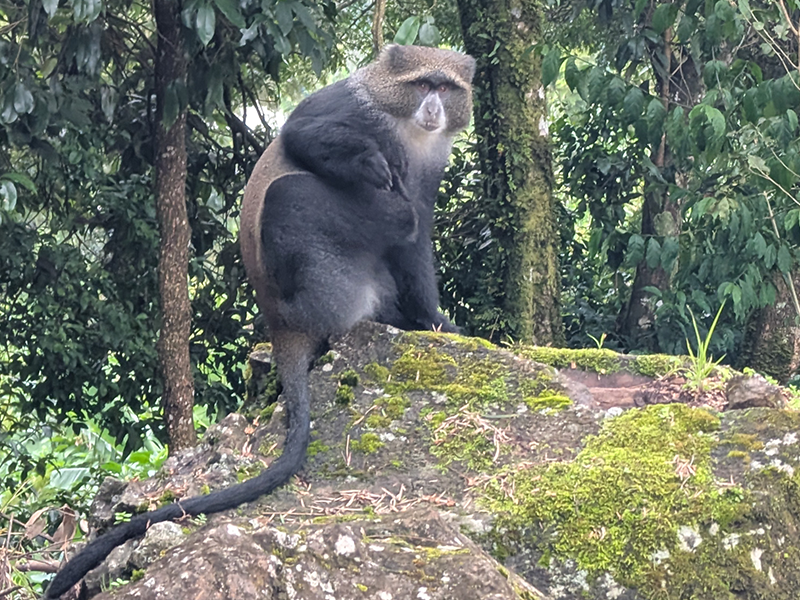
Climb Kilimanjaro via Marangu with Kili Quests
At Kili Quests, we offer safe, well-paced, and fully supported Marangu treks with experienced guides and porters. Our team ensures you’re well-prepared, properly acclimatized, and comfortable at every stage.Looking for an easier, budget-friendly Kilimanjaro option?
Wondering what your Kilimanjaro tour covers? Our Climb Package Guide breaks down everything that’s included — no surprises
[Contact us today] to plan your hut-based climb on the Marangu Route.
Related Articles
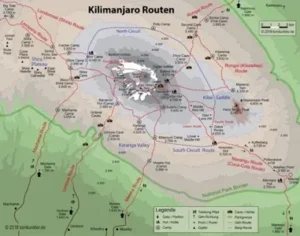
Compare Kilimanjaro Routes Quickly & Easily
April 15, 2025
No Comments
Table of Contents Kilimanjaro Routes Compared: Which Trail Is Right for You? | Kili Quests Choosing the Best Kilimanjaro Route Mount Kilimanjaro offers seven main
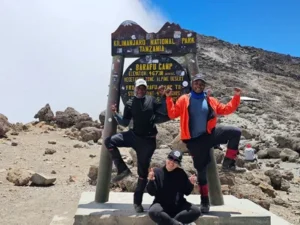
Climb Kilimanjaro via Shira Route: Scenic & Remote
April 15, 2025
No Comments
Table of Contents Shira Route on Kilimanjaro: Remote Trail with Open Views Why Choose the Shira Route? Due to this high starting point, it’s best
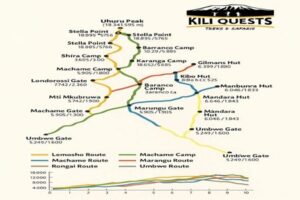
Guide to Kilimanjaro Routes: From Lemosho to Marangu
April 12, 2025
No Comments
Table of Contents Top Mount Kilimanjaro Trekking Routes | Kili Quests Climbing Mount Kilimanjaro is a dream for many, but your choice of route can



